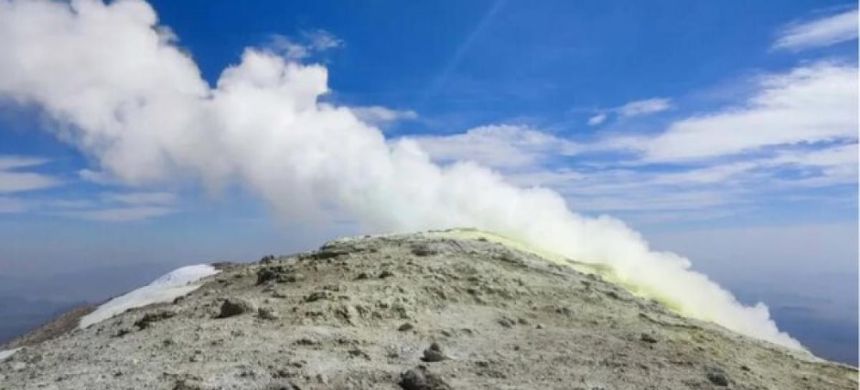Iran’s Taftan volcano — once thought to be extinct — has shown new signs of life after lying dormant for nearly 700,000 years, prompting authorities to enhance monitoring efforts in the area.
Volcanologists have reclassified Taftan as a “dormant” volcano, noting there is currently no immediate danger of eruption. However, experts have advised regional officials to strengthen observation systems and stay prepared.
Scientific measurements show that the ground surrounding Taftan has risen by nearly nine centimetres between July 2023 and May 2024, suggesting a buildup of gas and magma pressure beneath the surface.
Located at around 3,940 metres above sea level, the volcano was formed by tectonic pressure from the Arabian Sea plate moving under the Eurasian crust. Scientists warn that any renewed activity could pose risks to nearby communities.
Experts emphasize that such underground shifts may continue for years before an eruption, and further signs of activity are possible. Local authorities have urged residents to stay alert and ready for emergency action if needed.
In another similar incident, Sleeping Russian Volcano Erupts for First Time in 450 Years











